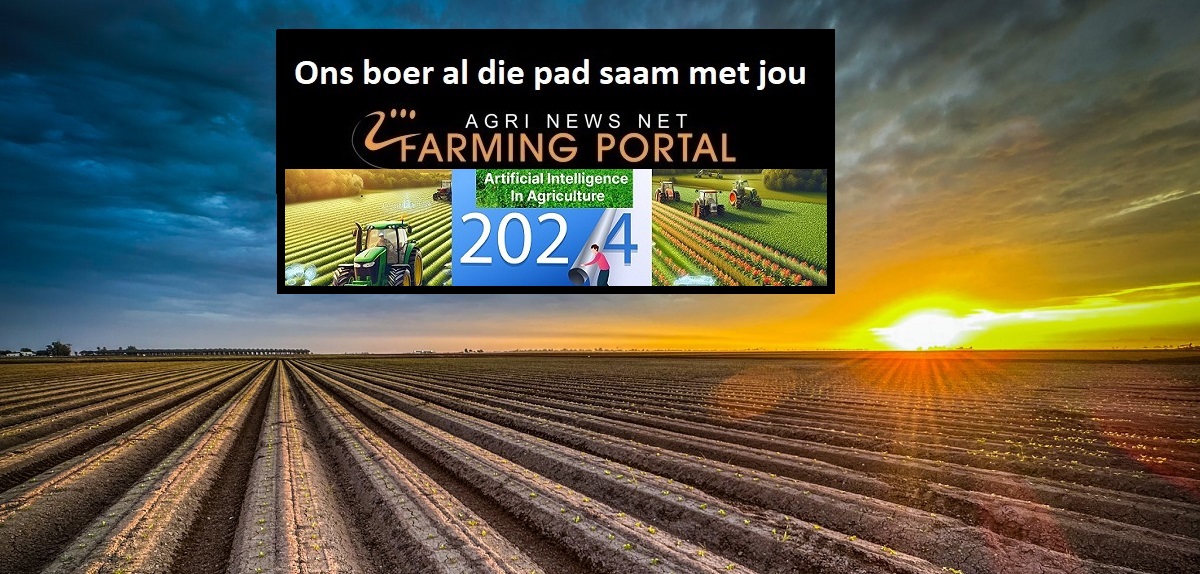As the UN’s climate summit, COP 29, unfolded there in Baku, the world’s G-20 leaders gathered in Brazil, where a warming planet Earth was also in sharp focus.
President Joe Biden became the first U.S. President to visit the Amazon, pledging millions to boost the biodiversity of the region, telling reporters in Manaus “our forests and national wonders are the heart and soul of the world,” and signing a declaration that every November 17th would be known as International Conservation Day.
Planting As If Your Life Depended On It
At the same time, to the south of Brazil, in the Argentine province of Mendoza, people living real lives with little or no voice in international climate policy gathered to talk about what it all meant for one of humanity’s oldest and most loved agricultural endeavors, winemaking.
Dr. Laura Catena is a daughter of this region, considered the capital of Malbec, now the managing director of Catena Zapata Wines and founder and owner of Luca Wines. “In Argentina wine is considered food. It is the national beverage of Argentina.”
As we walked through dust and rocks, among the beautiful vines and occasional wandering dogs of a 4,600-foot elevation vineyard, Catena told me “wine and culture are one and the same thing. In Mendoza, if you walk up to anybody and ask them, every person knows at least 10 people connected with the wine business. Many of the people who work at our winery have their own little vineyard and they make their own wine.”
In an initiative made possible through the classic collaboration of private business and Mendoza’s Cuyo National University, the Catena Institute of Wine was a primary energy in drawing the International Terroir Congress this week to meet for the first time since 1996 in South America. Argentina ranks behind larger more developed wine economies, like France, Italy, Spain, and the United States, yet it has proven itself, in a good year, to be a wine-producing powerhouse. Argentina’s wine exports generated around $844 million (USD) in 2021. The national product’s advocacy group, Wines of Argentina, estimates that, of that almost one billion dollars, roughly two thirds came from the virtuoso region of Mendoza, famous for its high-altitude vineyards and the unique Malbec grapes harvested there.
As in Brazil and Azerbaijian, among the more than 230 researchers, scientists, vineyard owners, and even sommeliers gathered in Mendoza, topic-A was climate change. “Often people think that ‘terroir’ is just about soil,” notes internationally renowned Bordeaux-based viticulturist Kees Van Leeuwen. Soil, he told me, is just one component. Terroir is the relation between the quality, style and taste of the wine and the place where the vines grow. And potentially more important than any one of these elements is climate. Yes, extreme fire-prone drought, unexpected deluges, uncustomary frosts and hail storms are game changers. But it’s not just the radical events. “It’s the climate evolution,” says Van Leeuwen. “Temperatures are rising, in many places there’s more and more drought, more erratic climatic events, and of course it all very much impacts terroir because climate, climate change in particular, is such a central element of terroir expression.”
Greg Jones is a climatologist, specializing in how climate variability and climate change influence grapevine growth, wine production, and quality. His family vineyard, “Abecela,” in southern Oregon’s Umqua Valley also produces Malbec wine. Like all vineyard owners and winemakers, he is always monitoring the climate survivability of his grape vines and remains open to adapting the vineyard to those plants that can cope with rising temperatures and perform commercially.
 How climate change risks increase at a national scale as the level of global warming increases
How climate change risks increase at a national scale as the level of global warming increases
We spoke at the university dining hall over a lunch of the kind of steak, vegetables, breads and specialties that your college likely never served you. “What we know about wine grapes is that there’s only so many vitis vinifera (grape vine plants) in the world,” says Jones. “They’re found generally in mid-latitude zones, we know the climate has a certain set of characteristics in those zones.” But with warming and changing climates, says Jones, the outer edges of a plant’s “elasticity” is limited and there’s only so much you can do. “For example, Pinot Noir is only grown in so many narrow cool climate regions in the world. So, if your region warms outside of what we know Pinot Noir can do from a production or quality standpoint, then something has to change. And typically, it could be a varietal change.”
Blue Sky, Dry Ground, And Adaptation
You may never see a sky as blue as the one over the high-altitude vineyards of Mendoza, settled as they are in the pristine foothills of the Andes Mountains. The life source of these plants spills down from the melting snow into a region replete with curbside canals everywhere. But Fernando Buscema, a researcher, winemaker, and executive director of the Catena Institute of Wine, says the world’s most precious commodity is not as abundant here as it once was.
“What we have seen is water is becoming a more limiting factor every year. You can either move to a location where there is more water and the other thing is you make sure you understand how to use water more efficiently,” says Buscema. The Institute has been partnering with growers and researchers in stressed environments like Chile and Israel to develop vine planting strategies and conservation methods, with the purpose of sharing that knowledge with the whole wine industry.
Buscema says the enormous challenges of climate change require the joint efforts of a wide network. “It’s not easy. Incentives in the public and private sector are different, the challenges are different, the expectations are different, and we still have to work together to find a solution.”
















